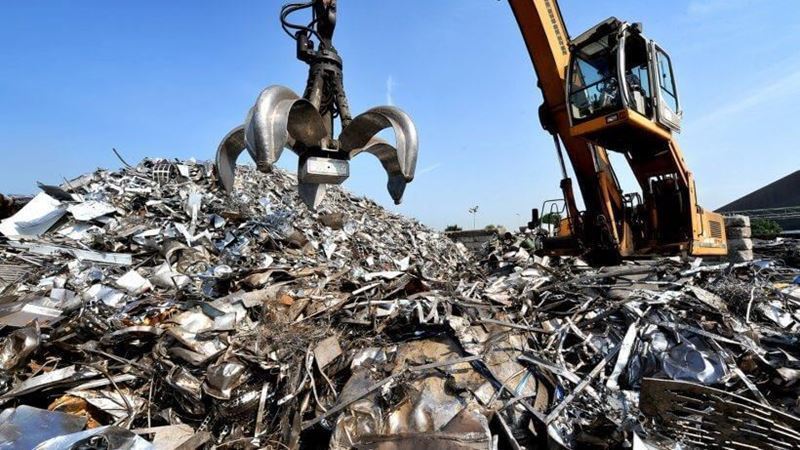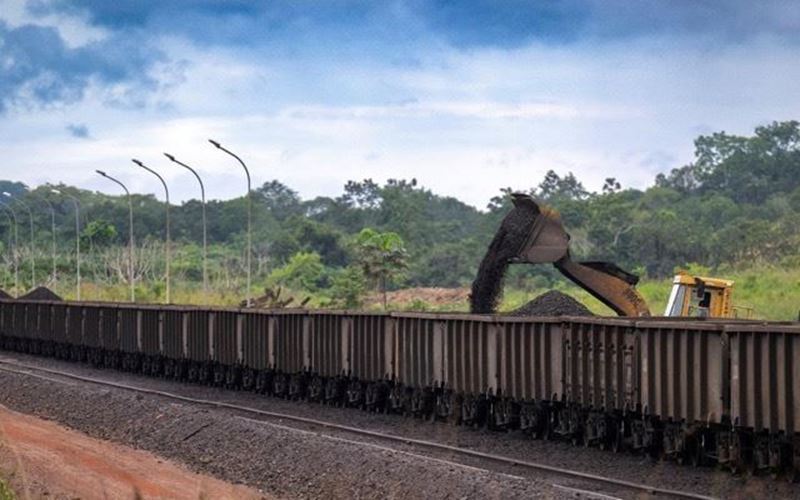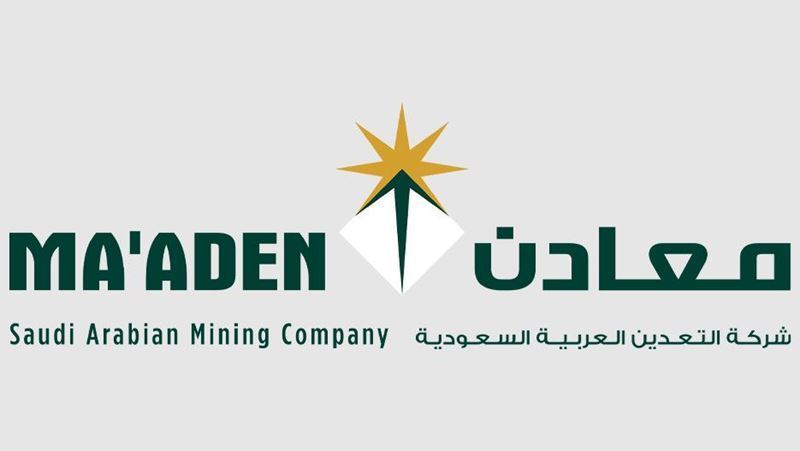The total production of semi-finished steel products reached 3,166,000 tons in April, an increase of two percent compared to the same period last year. However, in contrast to other products, the production of iron beams has decreased by 14.9%, while the production of other steel products has shown an increasing trend.
The production of long products reached approximately one million tons in April and the production of flat products reached 867 thousand tons. In addition, 807,000 tons of Rebar, 6,095,000 tons of pellets, 6,095,000 tons of iron ore concentrate, 846,000 tons of HRC and 3,807,000 tons of sponge iron were produced in April.
Iran's steel production in 2023 was higher than in 2022, but due to the problems in the export sector, the stagnation of consumer industries and the decline in demand in the market, this strategic industry has entered a crisis.
On the other hand, the decrease in demand for Iranian steel products in the region has also been one of the challenges faced by Iran's steel factories in 2023. So that in 2023, even though the price of Iran's export rebar reached its lowest level, there were not enough customers for this product in the region.
If the energy challenge for industries, especially the steel industry, is not solved, the inflammation in the market and the shortage of steel sections, especially beams, will continue in the coming year. On the other hand, the created recession will not affect the price of iron and steel, so with the possibility of increasing the production of steel sections, the recession in the demand sector and consumer industries will cause a recession in the 2024 market.











Comments
No comment yet.